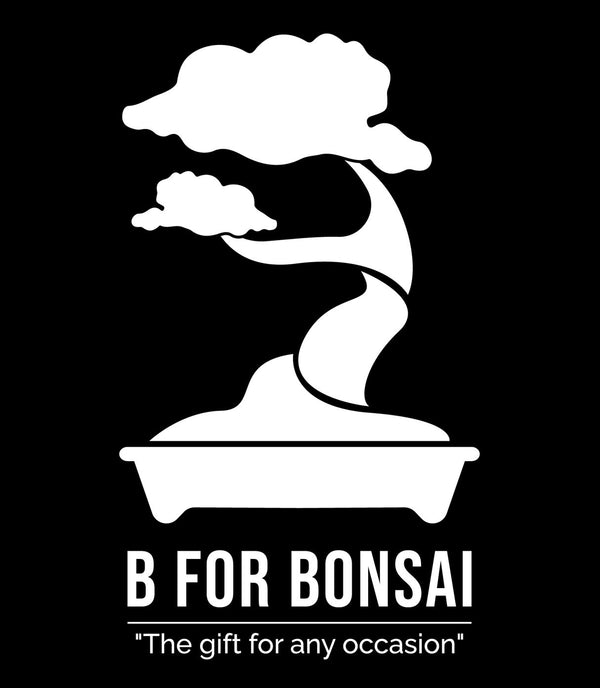Mame bonsai is a category of miniature bonsai trees, typically ranging from about 3 to 6 inches (7 to 15 cm) in height. The word "mame" means "bean" in Japanese, referencing the small size of these bonsai. Mame bonsai are highly prized for their compact size and the skill required to cultivate them, as managing such tiny trees while keeping them healthy and artistically appealing can be challenging.
Key Features of Mame Bonsai:
Size: Generally less than 6 inches in height, with the smallest being only a few inches tall. They can fit in the palm of your hand.
Species: Common species used for mame bonsai include junipers, maples, pines, azaleas, and other small-leafed plants that can handle frequent pruning and shaping.
Containers: Mame bonsai are grown in extremely small pots, sometimes only a couple of inches across. The small containers require careful attention to watering and root health, as the soil can dry out very quickly.
Aesthetics: Despite their size, mame bonsai are expected to maintain the same proportions and artistic quality as larger bonsai. They must evoke the feeling of a mature tree in nature but on a miniature scale.
Care and Maintenance:
1. Watering: Due to their small size, mame bonsai dry out very quickly and often need to be watered multiple times a day, especially in warm weather. Maintaining proper moisture balance is crucial.
2. Pruning: Regular pruning is essential to maintain the tree's small size and desired shape. Both branch and root pruning need to be done carefully.
3. Sunlight: Mame bonsai typically require full sun, but the small pot and root system mean they are more sensitive to drying out, so you may need to provide partial shade in very hot conditions.
4. Fertilizing: Because of the small amount of soil, nutrients get depleted quickly, so mame bonsai need regular feeding with diluted fertilizers during the growing season.
5. Repotting: These tiny bonsai often need to be repotted more frequently than larger bonsai to prevent the roots from becoming too crowded and to refresh the soil.
Display and Styling:
Mame bonsai are often displayed on special stands or trays, sometimes with accent plants or figurines to enhance the aesthetic appeal.
Common styles include upright (Chokkan), informal upright (Moyogi), slanting (Shakan), and cascade (Kengai).
Challenges:
Growing mame bonsai is more difficult than larger bonsai because the small pots leave less room for error in watering and fertilizing. However, they are deeply appreciated in the bonsai community for the artistry and precision required to maintain them.
Mame bonsai are often collected for their unique charm, making them popular among both bonsai beginners and experienced enthusiasts alike.
The Cedar tree refers to a group of evergreen coniferous trees in the genus Cedrus, which are native to mountainous regions of the western Himalayas and the Mediterranean. Cedars are known for their tall stature, aromatic wood, and needle-like leaves. Here are some key points about cedar trees:
1. Species: The main species of true cedars include:
Cedrus libani (Lebanon cedar)
Cedrus deodara (Deodar cedar)
Cedrus atlantica (Atlas cedar)
Cedrus brevifolia (Cyprus cedar)
2. Appearance: Cedar trees have a majestic, pyramidal shape when young, becoming more open and spreading with age. They can grow up to 40–60 meters tall and have thick trunks. Their leaves are needle-like and grow in clusters.
3. Wood: Cedar wood is durable, rot-resistant, and has a pleasant aroma. It’s often used for making furniture, closets, and chests, as it repels insects like moths.
4. Cultural and Historical Significance: The cedar of Lebanon has great symbolic value and is mentioned in religious texts like the Bible. It is also the national emblem of Lebanon.
29cm from the bottom of the pot
Photo date: 15 Oct 24










